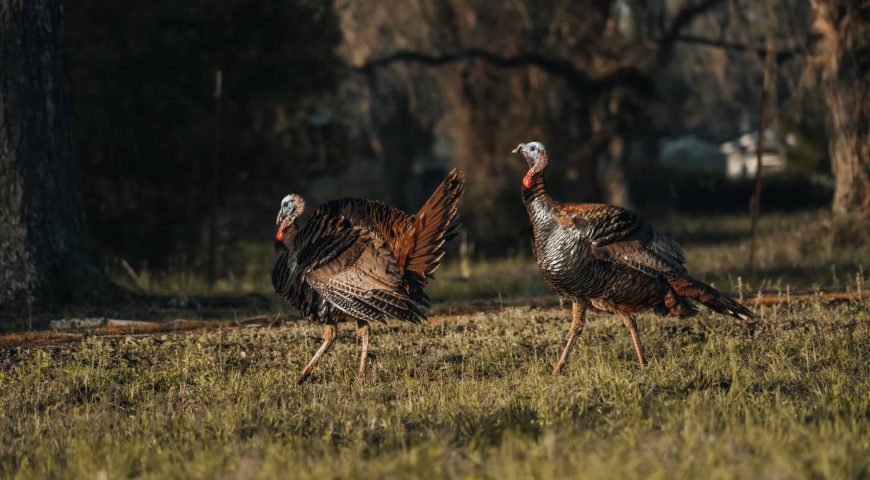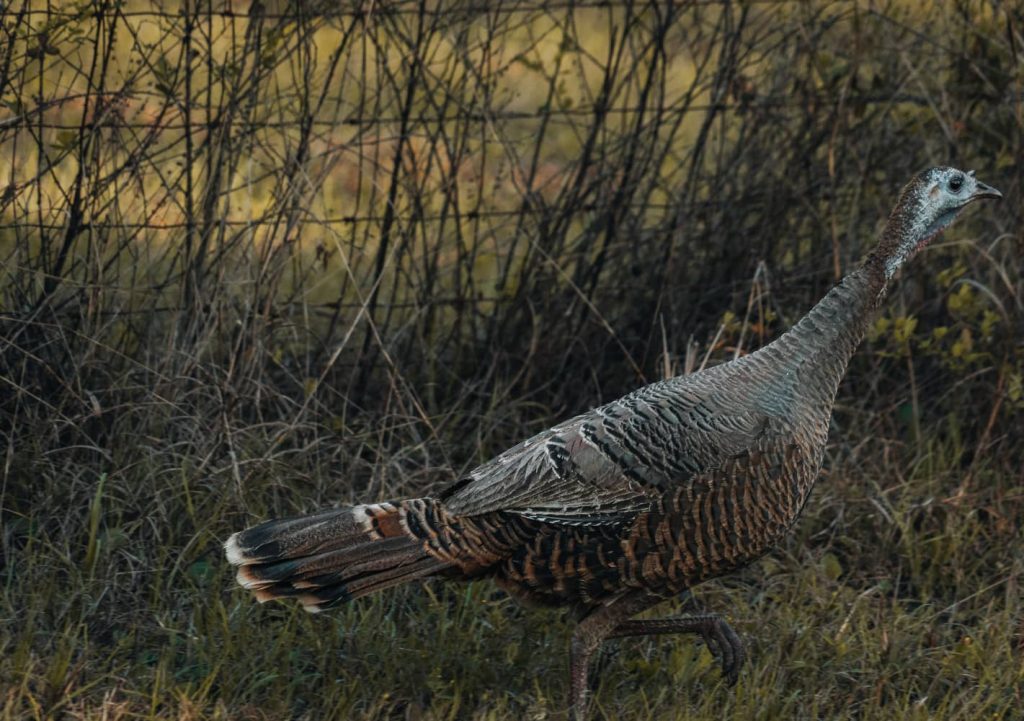
Declining Turkey Populations and What’s to Blame?
Insecticide Treated Seeds and the Relationship to Declining Turkey Populations
Recent declines in turkey populations, especially in the east, has wildlife biologists, state game agencies, and habitat managers scrambling to find reasons for this decline. Much like other population changes in wildlife, the answer lies with several environmental changes and not just a single “smoking gun”. With a focus on habitat, we will look at a particular change in the turkey’s environment that could be contributing to declining turkey populations.
Insecticides in Today’s Agricultural Industry
The agriculture industry has done an amazing job not only feeding our nation, but much of the world. Technology to increase yield, including plants called genetically modified organisms or “GMO’s”, and seed treated with insecticide, contributes to this increase in crop yield. A particular systemic insecticide, known as neonicotinoids or “neonics”, is one of the new technologies being used in the industry. This insecticide is derived from nicotine and attacks the nervous system of insects resulting in paralysis and death.
In the last 10 years, the use of insecticide treated seed has dramatically increased. Reports indicate 90% of the corn seed and 45% of the soybean seed planted in the US is treated with neonics. The insecticide is absorbed by the plant and can reach the stem, leaves, pollen, and nectar of the plant. Researchers have found that neonics can remain in the soil for 3 years or longer and is stronger than DDT.
Habitat Management Implementations of Increased Use of Insecticide Treated Seeds
So how does neonic treated seed get to habitat managers and get planted in our food plots? Many conservation organizations, like Pheasants Forever, receive year old seed from large seed producers. The treated seed is difficult to dispose of because of the neonics so those corporations give it to the conservation organizations. In turn these organizations sell it to their members at a dramatically reduced price. I have taken advantage of this system for many years not realizing the toxicity of the seed I was planting. When I read the warning label on the bag of corn seed I planted last spring, I was shocked.
A Piece of the Puzzle to Understanding Declining Turkey Populations
I have experienced the same declining turkey populations on my property, and I’ve started doing things to help alleviate that decline. I now trap predators, especially raccoons, possums, and other ground nest robbers. I’ve also stepped up my habitat improvement projects. But when I learned about the neonic issue, I questioned my habitat management practices. Why was I was trying to eliminate a primary food source, insects, for turkey poults and adult turkeys during the spring and summer months?
This year I’ve decided to plant non-treated seed and try a different approach to weed control. I will no longer use neonic treated seed on my property. Although I am not against using Round-Up Ready corn and soybean seed, I have found it extremely difficult to obtain them without being treated with neonics. I will try a planting process that uses traditional, non-GMO, non-insecticide treated, corn seed.
In addition, I will be using the hunting journal app TrophyTracks to help manage and record my planting practices. Using TrophyTracks, I can keep track of everything I do on every different field and food plot I manage. Planting dates, amounts of fertilizer and other soil amendments used, rates of spray and fertilizer; all that and much, much more can be recorded in TrophyTracks and referenced in the future.
If you would like to learn more about the neonic issue I encourage you to use the internet and do some research yourself. Noted wildlife biologist, Dr. Grant Woods, has some great videos on the topic. Finally, download TrophyTracks and give it a try. I think you’ll find this an indispensable tool for your habitat management.
Post by Bob Schmid, Wildlife Habitat Manager


